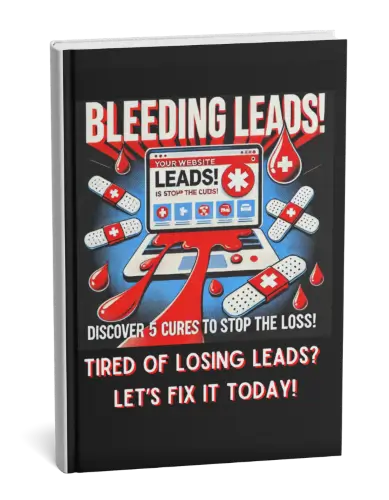
If you want to increase your business’s reach and grow its bottom line, you need to be aware of the two main marketing approaches: inbound and outbound. These two strategies are quite different in approach, and both have pros and cons. Understanding the differences between these two strategies can help you determine which one is best suited to the needs of your business and customers. With that in mind, today, we will discuss the difference between inbound and outbound marketing.
Inbound marketing aims to bring in consumers rather than advertise to them. Sixty-three percent or more of consumers say they conduct initial product research before buying something. That being said, the customer’s journey starts when they have an issue that needs solving or a product or service. This is where inbound marketing comes into play. Inbound marketing is there to describe how your goods and services will address their problems, respond to their pressing queries, and meet their specific requirements. With that in mind, inbound marketing usually takes the form of:
Inbound marketing is, in its nature, subtle. It’s not overtly promotional; it is meant to build awareness of your brand and encourage potential consumers to come to you when they need your products or services.
When deciding whether or not inbound marketing is the best approach for your business, it’s helpful to consider its many advantages.
Given that inbound marketing relies on regular updates of your website and content, it will also help you with search engine optimization efforts.
While there are numerous advantages to using inbound marketing, you should be aware that there are a few disadvantages as well. In fact, inbound marketing may not be suitable for every type of business. This is because it:
Outbound marketing involves communicating with many people who could become customers in the future to increase the likelihood of making a sale. The idea behind this tactic is that the more people you can reach with your message, the better the result will be. When people hear the term “outbound marketing,” many of them immediately think of “conventional” marketing strategies, such as:
However, outbound marketing may also include the use of more contemporary methods of marketing, like PPC ads.
It’s important not to underestimate the benefits that outbound marketing may bring to the table.
Unfortunately, there are some downsides to this type of marketing that can make it challenging for some businesses to adopt.
Both inbound and outbound marketing use many resources and methods to give companies their desired result. However, there is one big difference between the two: the popularity of inbound marketing is growing, whereas that of outbound is steadily declining. Inconvenient commercials have worn out their welcome among consumers. And while they get the job done, how they accomplish it is not ideal, and advertisers are starting to take note of it. Inbound and outbound marketing serve distinct purposes.
Nevertheless, they complement one another. Therefore, the optimal marketing strategy would incorporate both approaches. Implementing these two strategies simultaneously would help you grow in more ways than one.
Now that you understand the difference between inbound and outbound marketing, you can choose which strategy to focus on for your business’s goals. Now, as we’ve mentioned, while it’s true that both inbound and outbound marketing have their advantages, you should always strive for a balance between the two. This way, you’ll be able to cover all your bases and get the best possible results for your business. In the end, the most important thing to remember is that you need to do what works best for your company and your goals. Therefore, do as much research as possible before deciding.





